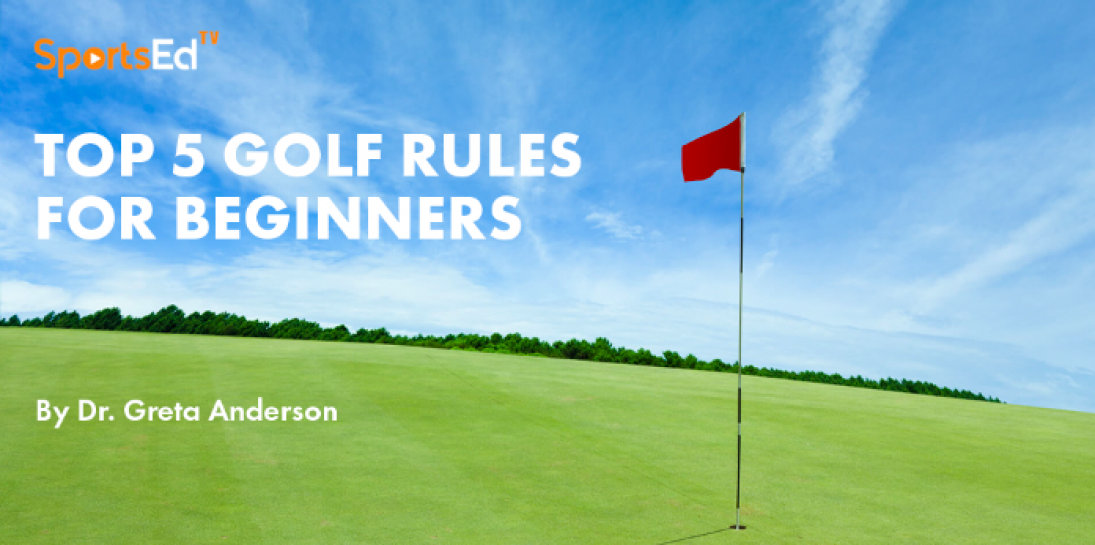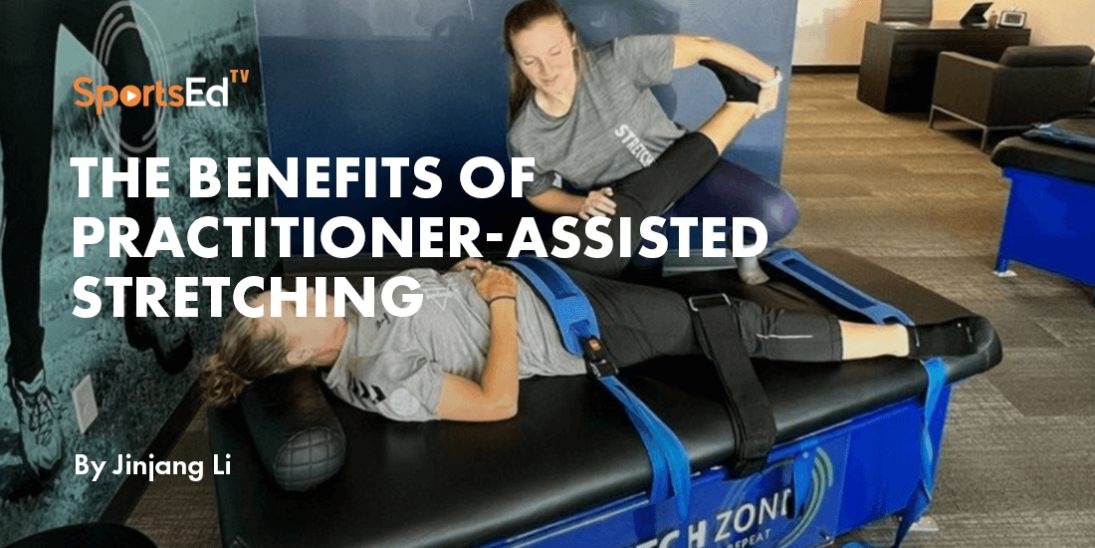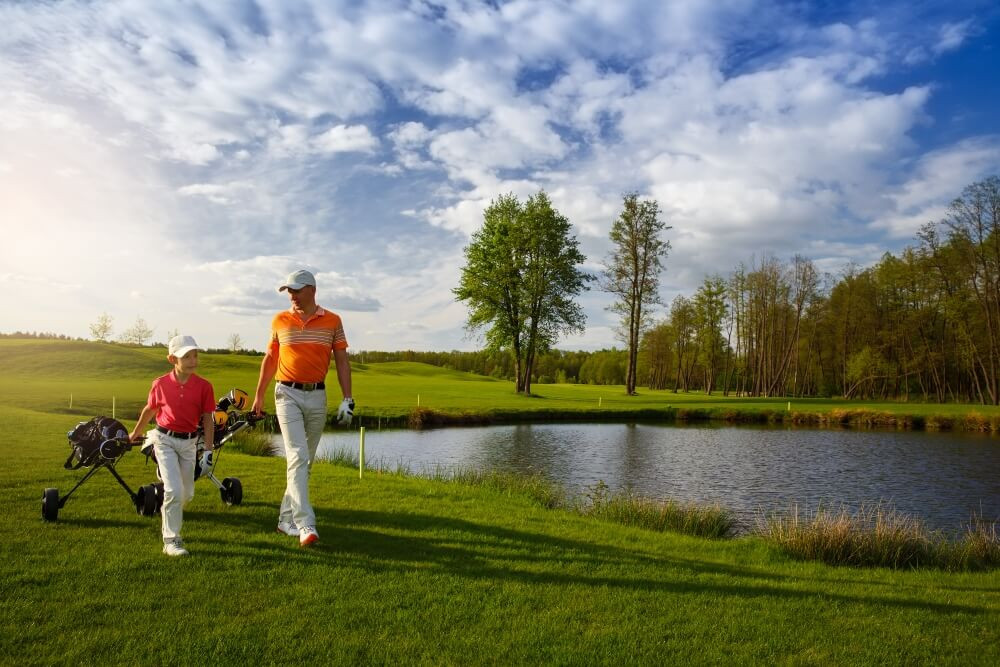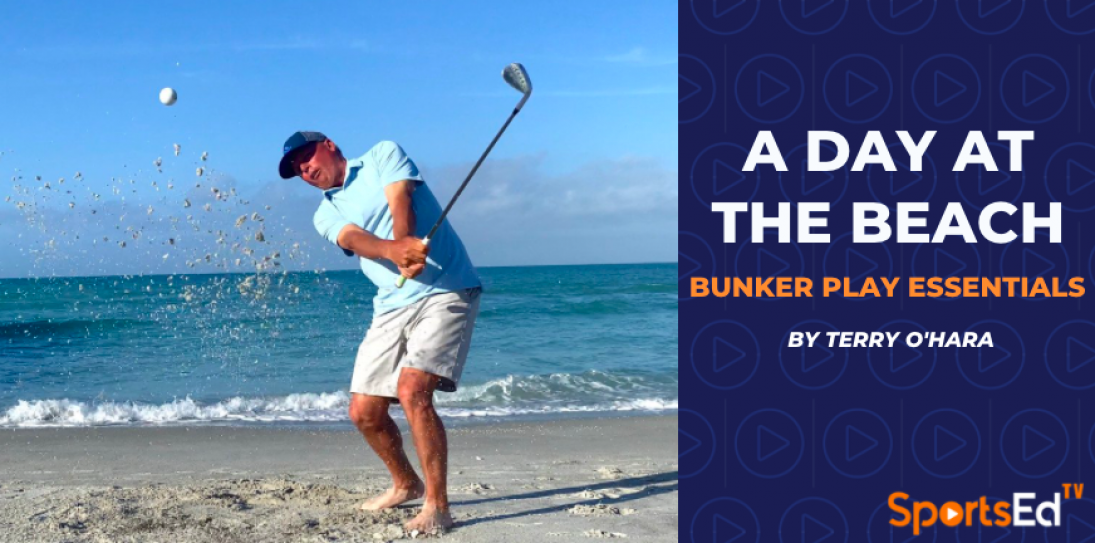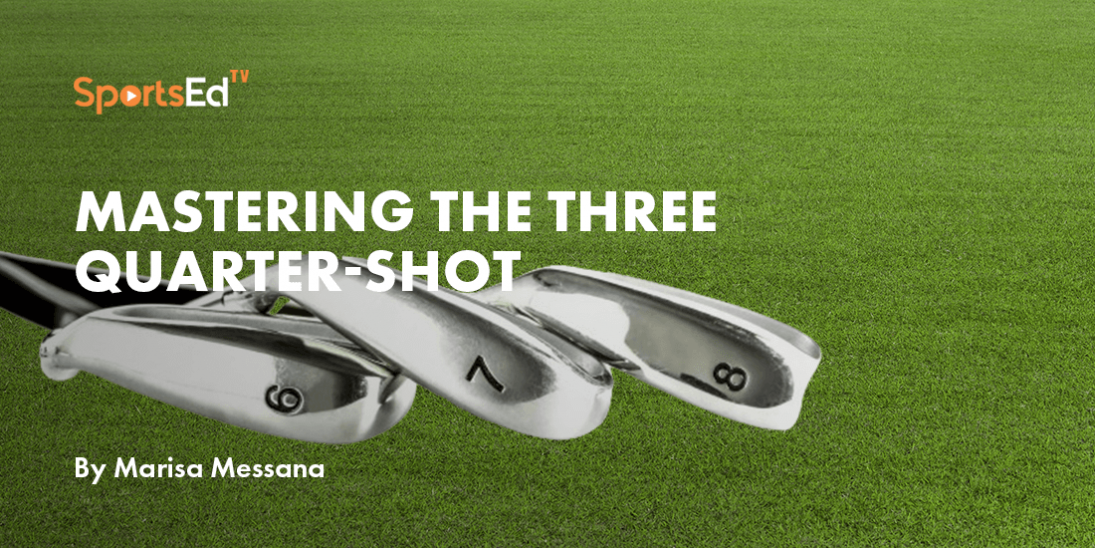Golf
Welcome and thanks for visiting...

You Practice Too Much
Whaa…??? You thought practicing more was always better, right? Think again. And, for you lazyarses out there who are now perhaps thinking you have permission to barely practice at all – you too – think again.
So, just what to think in regards to practice for the purpose of improvement? Let us consider both the cience/evidence-based principles, as well as those rooted in the ever-powerful acts of experience. This combination never fails to produce a powerful cocktail for performance, in any domain.
Let us practice better. Wiser. More efficiently. Ask yourself this rather relevant question: what is the purpose of your practice? Is it not so that you can hit better shots on the golf course? I would hope so… Hence, if your practice is not designed to last (as opposed to disappearing the next day) and transfer (so you are not the one complaining about ‘being able to do it on the range, but not on the course’), then indeed, why practice at all?
The aforementioned cocktail of science plus experience, along with information, concepts and insights gained from top motor learning specialists, human performance experts, and neuroscientists over the past two decades - plus my own self-guinea pigging as the Guinness World Record Holder in the sport of Speedgolf – led to the
development of my signature Train2Trust programs.
The goal? To streamline practice for optimization. Read on for ideas on how to upgrade your practice…
“Weniger ist besser.”
Translation from the German? “Less is better.” This was the artistic (golf is part art, part science, after all) credo of Dieter Rams, who for many decades was chief product designer with the Braun company, gaining worldwide fame.
If fame (and fortune) is what you seek in your golf game, then best to follow this mantra. Quality of practice, over quantity, is the key to successful practice that transfers to the golf course, and effective learning that lasts. It isn't solely about how much one practices - but rather about how one practices. Remember: amount of practice may not equal amount of learning.
Should Ben Hogan, arguably the greatest ‘practicer’ of all time, still be frequenting practice grounds today, he and elite Navy SEALS team-members would share a commonality in their practice and training regimes: Both would practice diligently – where focus, concentration, awareness and intensity are paramount – in 15-25 minute increments only - followed by five or so minutes of ‘down time’ to allow the brain (the part that’s doing the learning) to process, digest and assimilate the new motion, behavior or pattern.
This ‘pause protocol’ if you will, fits in nicely with an interesting phenomenon in learning known as the “Spacing Effect.” Simply put, animals (including humans) more easily remember or learn items when they are studied a few times spaced over a long time span rather than repeatedly studied in a short span of time.
It’s why ‘grooving’ something at the range, although pleasing and satisfying at the time, is in fact quite useless. Much like when you cram for an exam the night before, pass the test with flying colors the next day – then proceed to forget and lose the information a short time later. Instead, consider cutting yourself off after a maximum of 3-5 balls with any club during a practice session, and immediately changing clubs (or shots, or lies) after a successful one. Counterintuitive? I understand. But how is your current practice system serving you, anyway?
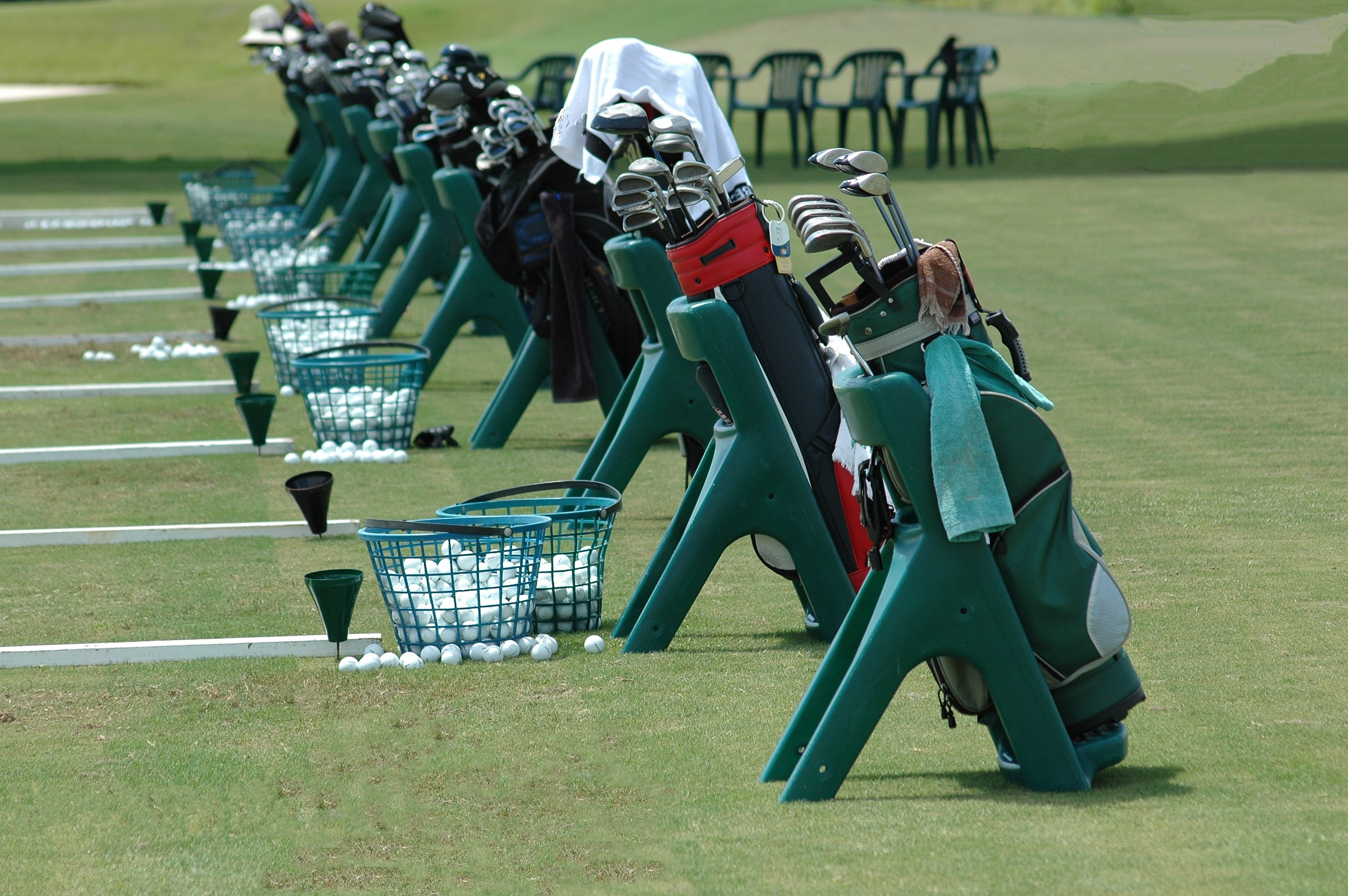
Consequence & The Suvorov Principle
Practice and play must have consequence to them - they must matter. You have to care, like during a round of golf when you’re keeping score. You see, emotion and memory go hand in hand, and emotion is critical for learning to occur. The limbic system (right in the center of the brain) is in charge of transferring information into memory. The more emotion involved, the more relevant the information will seem to the brain; relevance and emotion increase memory.
Most of the time in practice (and in play), I only observe negative emotion; such a pity. Anger, frustration, disappointment, even despair, will rear their ugly heads far too frequently, while glee, excitement and joy are subdued. If this is the case, only the negative emotions shall be remembered and stored. Why not instead anchor the successes with positive expletives, fist pumps and high fives – both in practice, and play?
Then there’s the question of stress and anxiety-free practice. But what happens on-course, when nerves arise, tension builds, and fear knocks at your pre-shot door? If you have not created and practiced under such conditions, why or how would you be able to navigate them when they show up (and they will)? The answer is, you probably will not.
Evel Knievel was an avid golfer in his later years, despite his shattered body. He could only chuckle when asked about the pressure and consequences professional golfers faced compared to his sport of jumping a motorcycle ridiculous distances over large objects. His take:
“What’s the big deal? If a golfer misses a shot, they’ll lose a stroke or two. If I failed, I could die. Plus, they’re not even playing for their own money.”
Consider putting a little “Evel” into your practice intermittently. Create situations and shots that make you uncomfortable (“desired difficulties” these are called), in practice, so you’ll be more at ease when the pop up during a round.
Russian military general Alexander Suvorov got it. Suvorov was undefeated in battle; he made Napoleon look like a 19 handicapper. His M.O.?
“Hard training, easy battle. Easy training, hard battle.”
He was obviously well aware of the “illusion of training improvement.” It is always hard to accept that the best transfer (performing under pressure) has a delayed effect. We live in a society of instant gratification, able to get pretty much anything at anytime. We foolishly believe that the more successful the training or practice was, the more we have learned. Time to think again, again.
Challenge Point Theory
If you’re now wondering (and questioning your own practice habits) just what the ideal way for you to practice might be, allow me to enlighten you via Dr. Mark Guadagnoli, and his challenge point theory. Simply put, the amount of challenge must be appropriate for learning to occur, or reside in what we might call the "learning zone" That's the zone where one can make progress - as opposed to the "comfort zone" where the activities are already done easily, or the "panic zone" where the activities are so difficult that we don't even know how to approach them.
Dr. Guadagnoli stresses the fact that getting the answer right is not the key to learning, but rather the key to learning is figuring out HOW TO solve the problem.
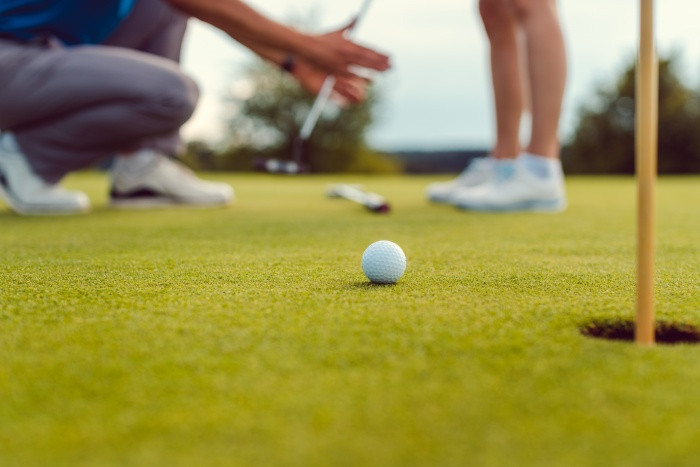
Differential Learning vs. Classical Learning
Neuroscientist and motor learning specialist Dr. Christian Marquardt, who developed the ultrasound-based Science and Motion Putt Lab, and is an expert in the field of the yips, shares the following – critical for both players, and coaches, to understand and follow:
“In a nutshell, ‘differential learning’ is much more chaotic - like a round of golf. During differential learning more ‘errors’ occur, whereas during classical learning, errors are avoided. However, errors are critical to learning success. If errors were no longer defined as 'negative' during learning and training, but instead viewed as crucial parts of the process, more learning could in fact occur. Instead, why not consider
them simply as 'feedback', or better yet, 'fluctuations'.”
Much like a child learning to walk, you - as you may be learning something new or of greater complexity - may fall. Instead of berating or belittling yourself - consider the misstep as a fantastic learning opportunity – and offer yourself encouragement and a pat on the back.
Context Specificity
Ah… such a wonderful scientific principle for us all to consider in learning anything. First off, though – try and say “context specificity” three times really fast, after an adult beverage or two. Then, consider the following, an idea I’ve certainly taken to heart in my own coaching, from Dr. Robert Christina, Emeritus Dean and Professor, UNC-Greensboro.
"Transfer of learning and performance from practice contextâ¯to a playing contextâ¯largely depends on the (a) similarity of the golf skills, (b) goals, (c) cognitive processing used to achieve the goals, and (d) conditions between the two contexts.⯠The amount of positive transfer is enhancedâ¯when, as much as possible,â¯the same skills are practicedâ¯in the same ways and under the same conditions as during play."
Although Dr. Christina’s words are not in German, allow me to put the principle into lay terms, should it help: the more your practice looks, tastes and smells like an actual round of golf, the more your practice will transfer; the less it does, the less it will transfer. Period.
Think about your own practice for a moment… Does it resemble an actual round of golf where you are keeping score? Are you recreating situations, as much as possible, that look like what might happen on course? Or, are you hitting ball after ball, from perfect lies, to the same target? Or perhaps putting three balls to the same hole while ‘practicing’ your putting?
I understand and yes - there are times for bulk or block practice routines (same club, same lie, same target) – like when you are learning something brand new. However, far too much practice time is spent in this fashion IMHO, and much more could be spent in context specific modes.
You’ve learned about some of the science behind smarter practice, now what about the experience piece, you might be asking? Allow me to share a Speedgolf practice session that I developed to help me shoot hundreds of rounds under par, in under an hour, while setting the still-standing Guinness World Record in the sport.
Speedgolf, (click on the link to view a fantastic demo over the links of Bandon Dunes Golf Resort) for those unfamiliar with it, is a biathlon of sorts combing golf and running. Score is added running time for a total. In 2005, I shot an amazing 65 in just 44 minutes carrying only six clubs at the Chicago Speedgolf Classic.
How did I practice for such an endeavor? Well, whenever possible – and it remains THE best place for you to practice your golf – I’d train and practice on the golf course. However, like with traditional golf, that’s not always an option.
So, I’d often just simulate, as best I could, an entire round of Speedgolf from the practice grounds. How so? First, I’d warm up for both the running and swinging sides of the task at hand, then I’d proceed to ‘play’ the entire golf course I was to be competing on…
If the first hole required a driver, I’d hit that – then run about 250-275 yards (out and back) on the range, return to my spot, then hit whatever club and distance was required for the second. Once struck, I’d again run the approximate distance to and fro, then return for my third, which could be a putt or short shot.
Rinse. Repeat. All 18 holes. Sure, I got some funny looks on the practice grounds at Pumpkin Ridge Golf Club outside of Portland, OR, where I coached for nearly 20 years, but I (and those watching) got used to it.
In preparing for the Speedgolf World Championships held at Bandon Dunes from 2012-2014, I’d simulate rounds on both the courses we played, in both potential wind directions. No, it wasn’t the same as the ‘real deal,’ but it was much more effective than a less context specific style of practice. Plus it was more fun. Effective and enjoyable – how cool is that?
In conclusion, first and foremost your practice must be about efficient use of body, mind, time, and energy. I observe far too many golfers who apparently have time to waste, a true oddity in this day and age when we are all so terribly time-crunched. Whacking ball after striped ball mindlessly, believing more is better. More often than not, due to lack of feedback (another crucial piece to the better practice puzzle), these repetitive range ball smackers are only engraining old habits and swings, instead of carefully and intelligently modifying motions, attitudes and responses for improvement.
My intention in what I’ve shared here is for you to consider some new ways to improve your practice. Comprised of the power lunch martini cocktail of science and experience, I trust you can integrate a few of these ideas and principles to upgrade your own practice. So maybe you do practice too much – and can certainly practice better.
